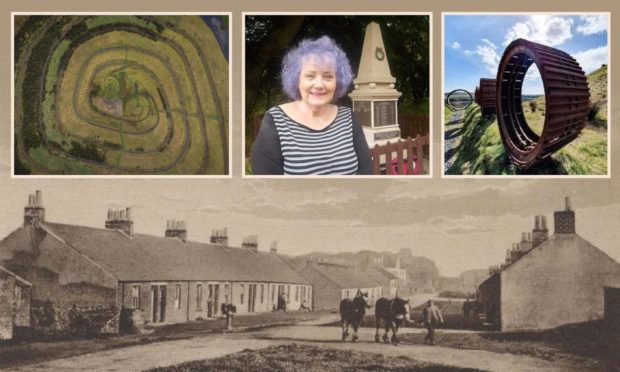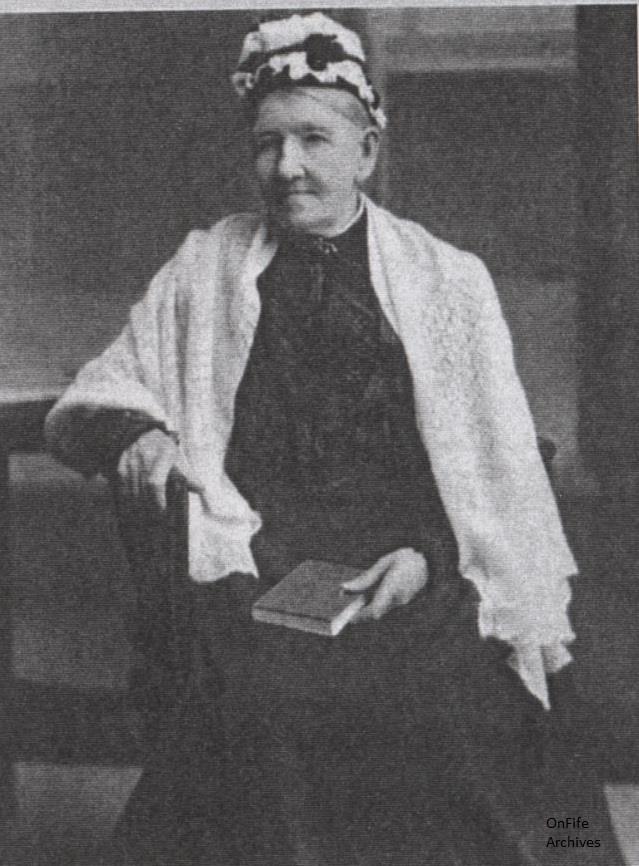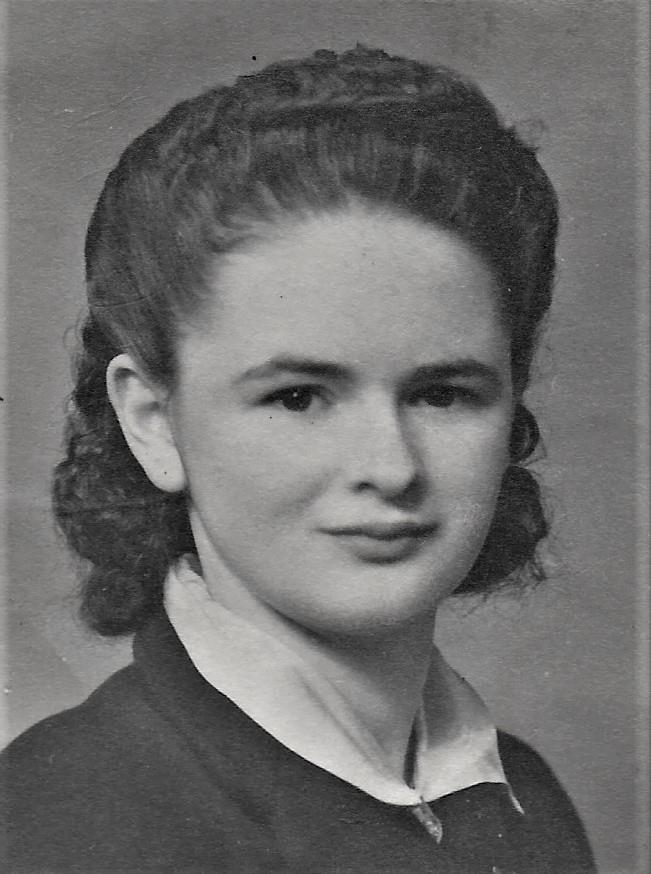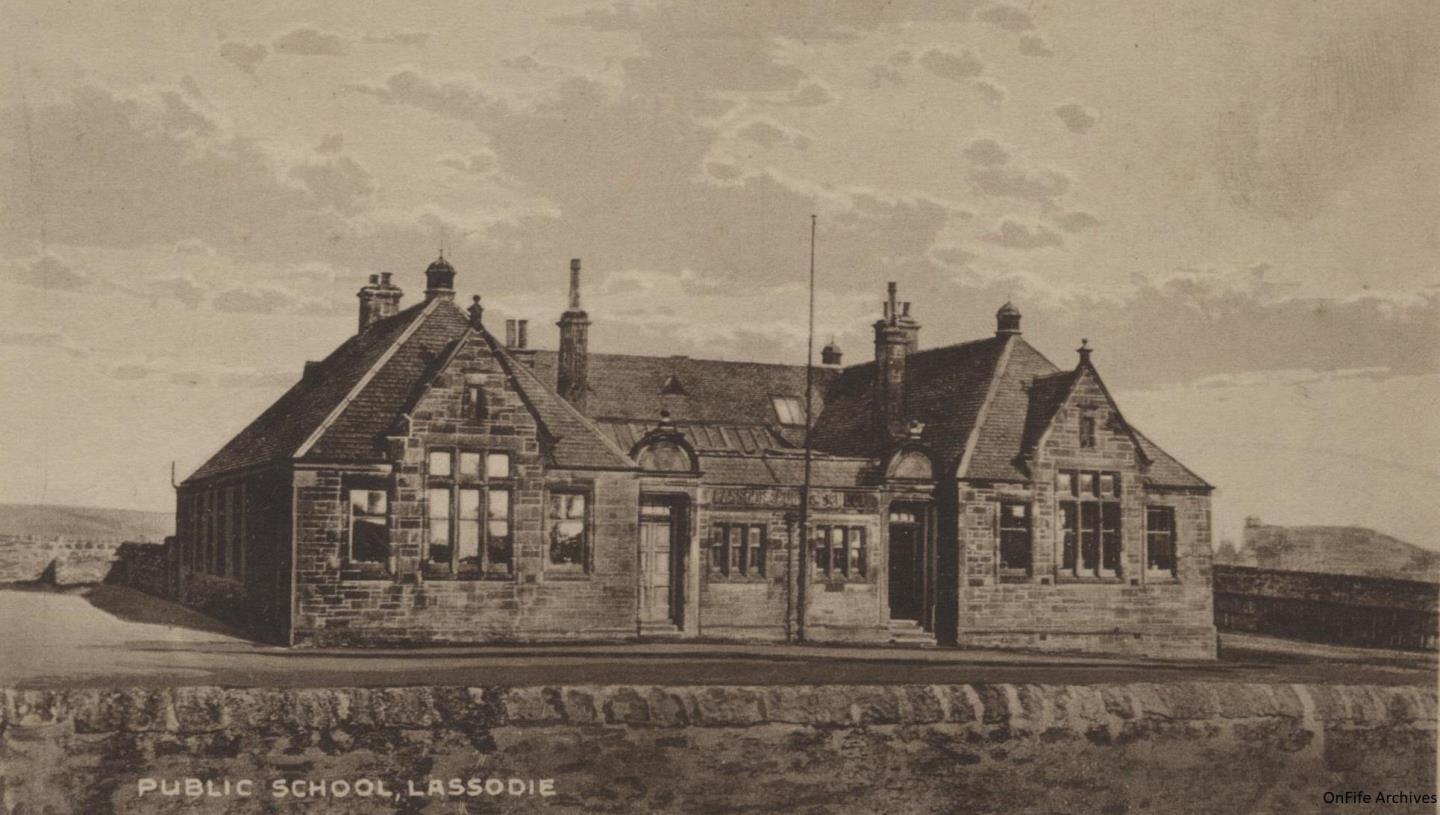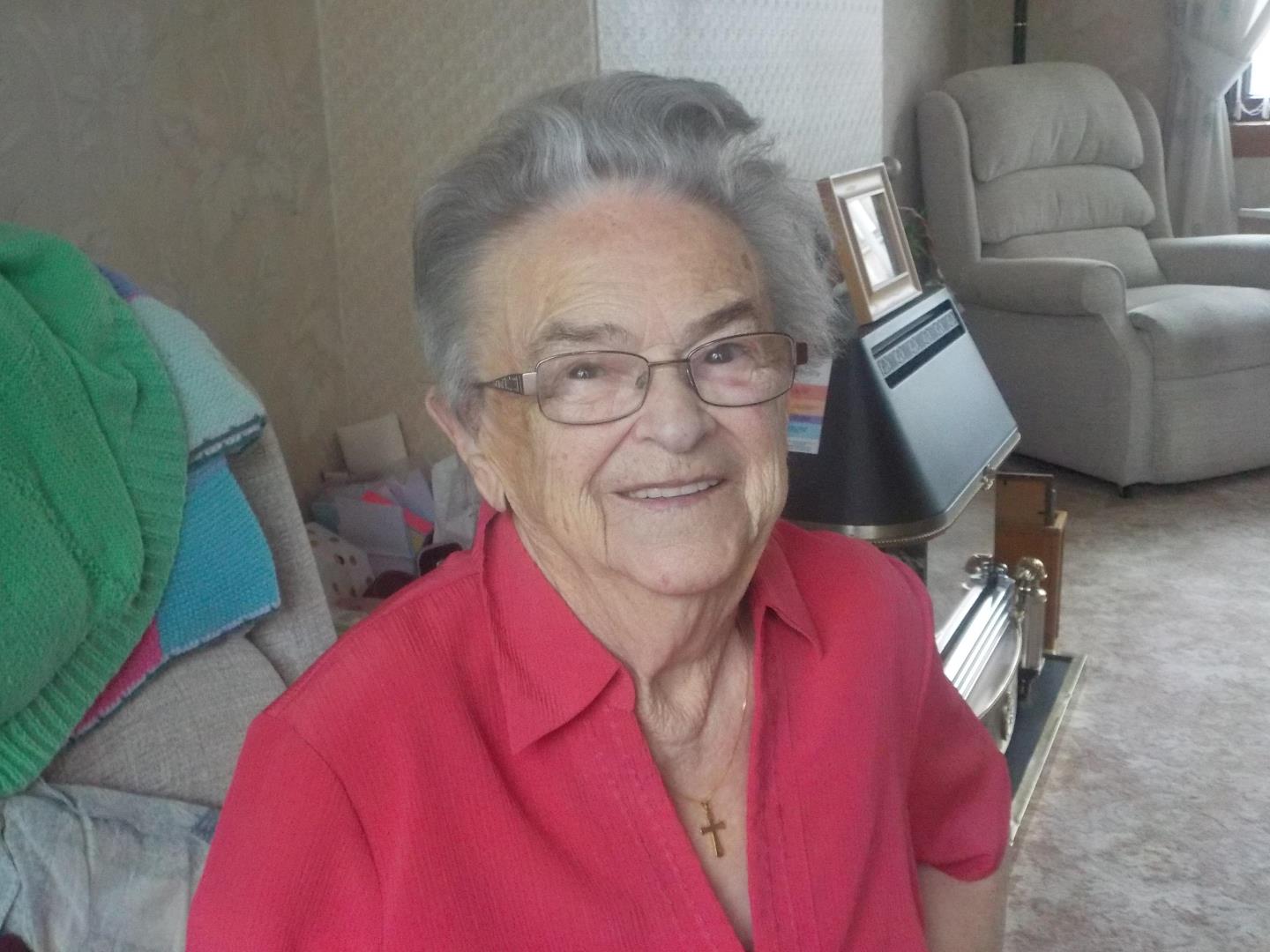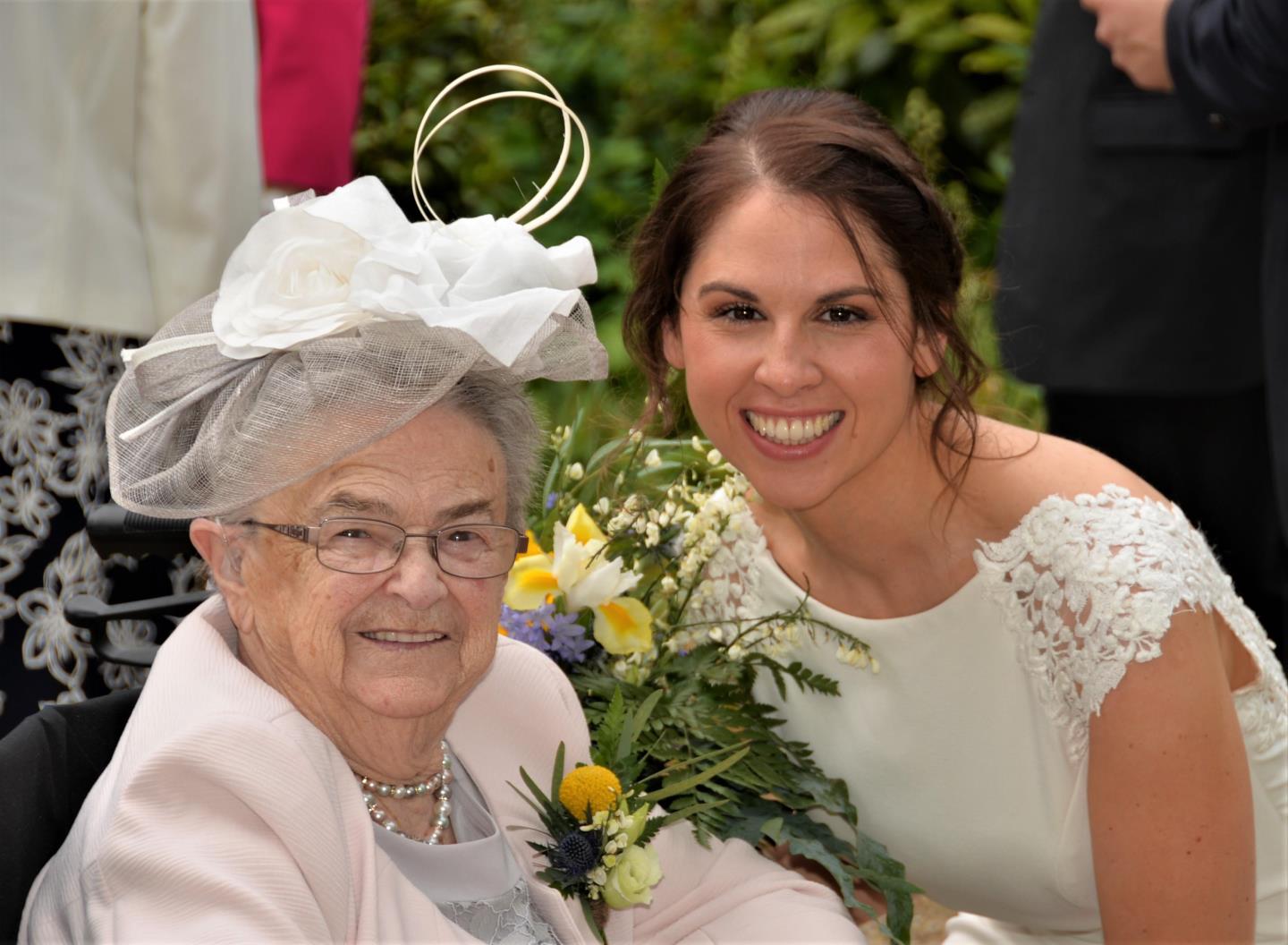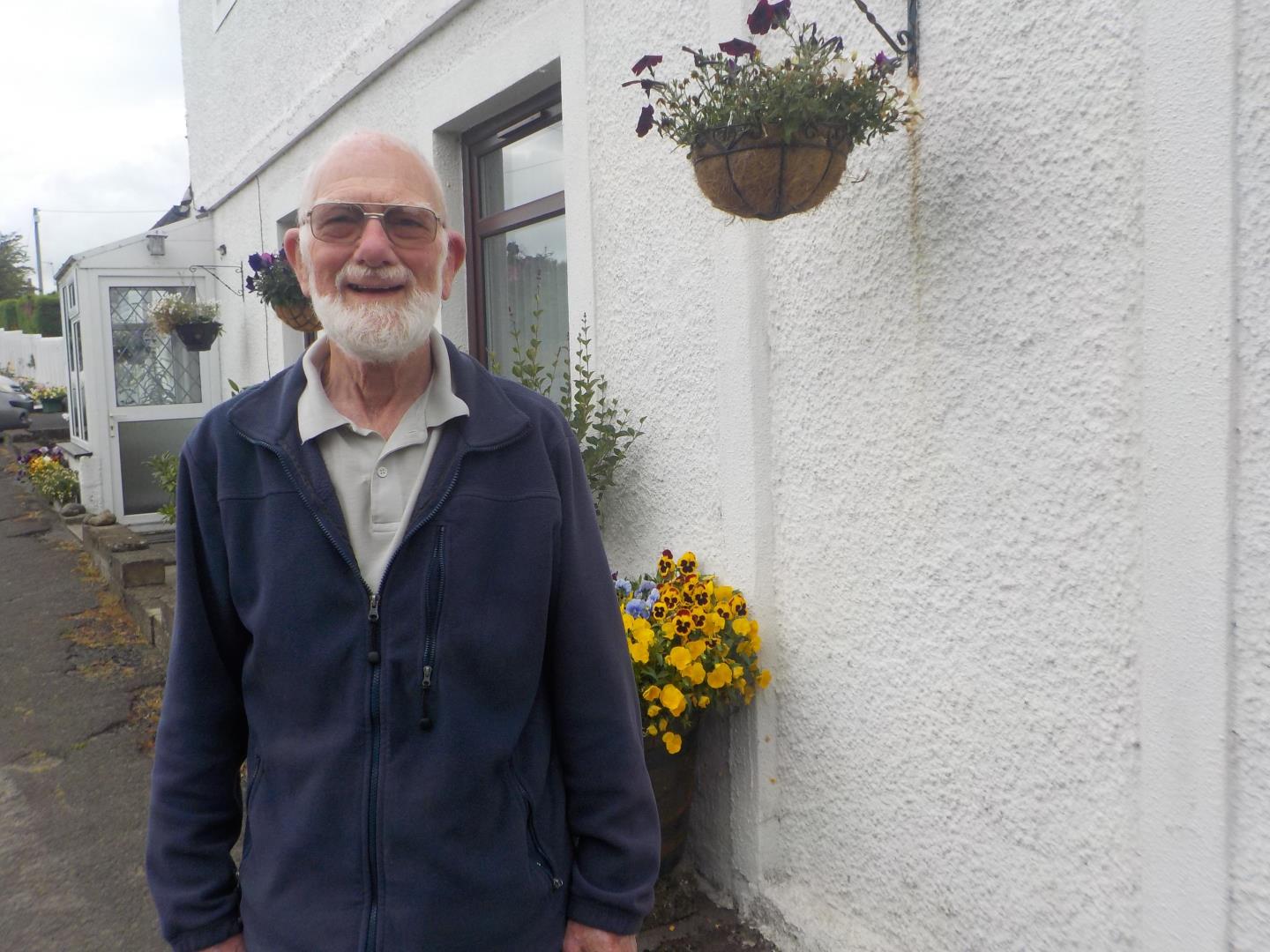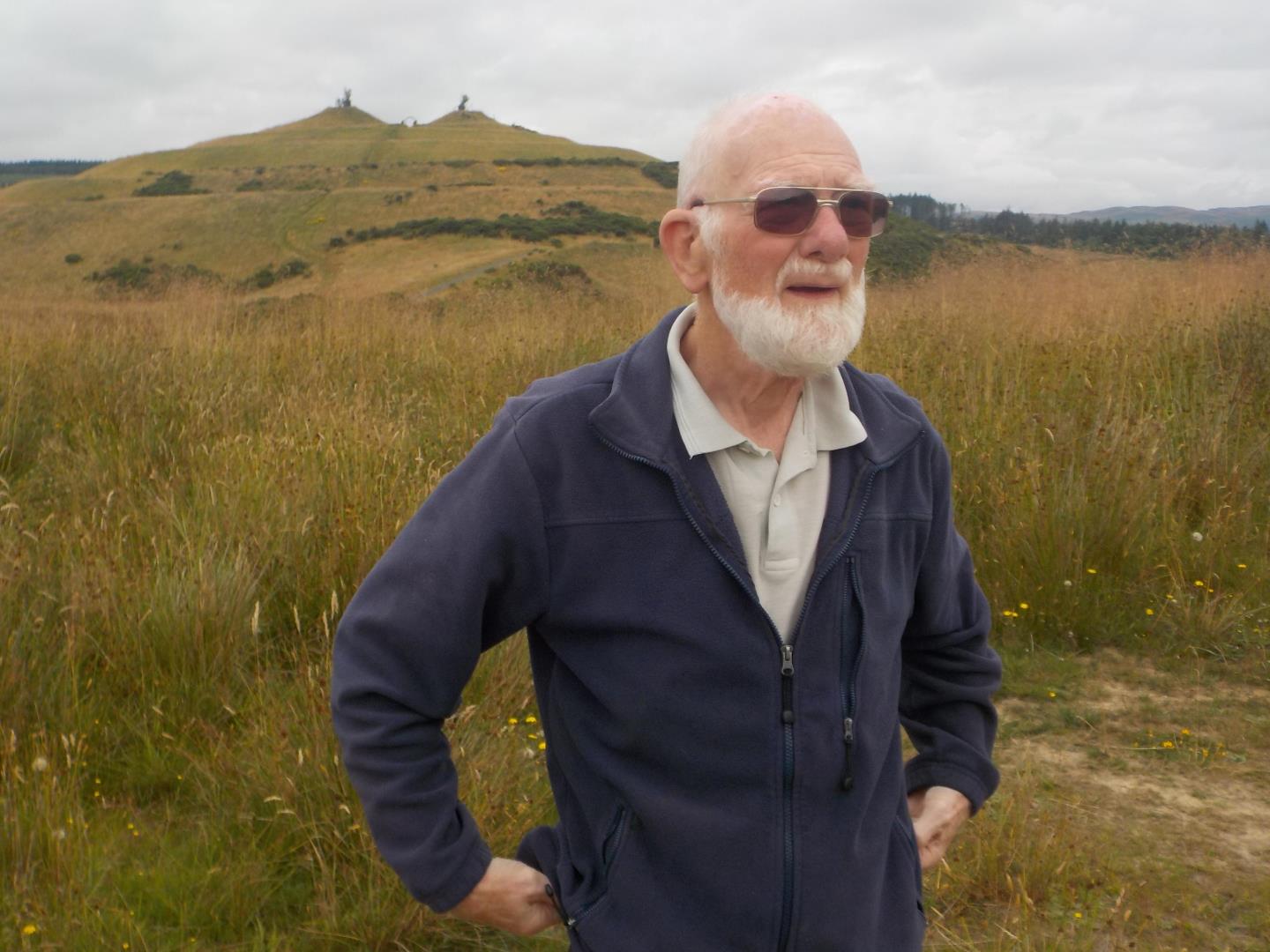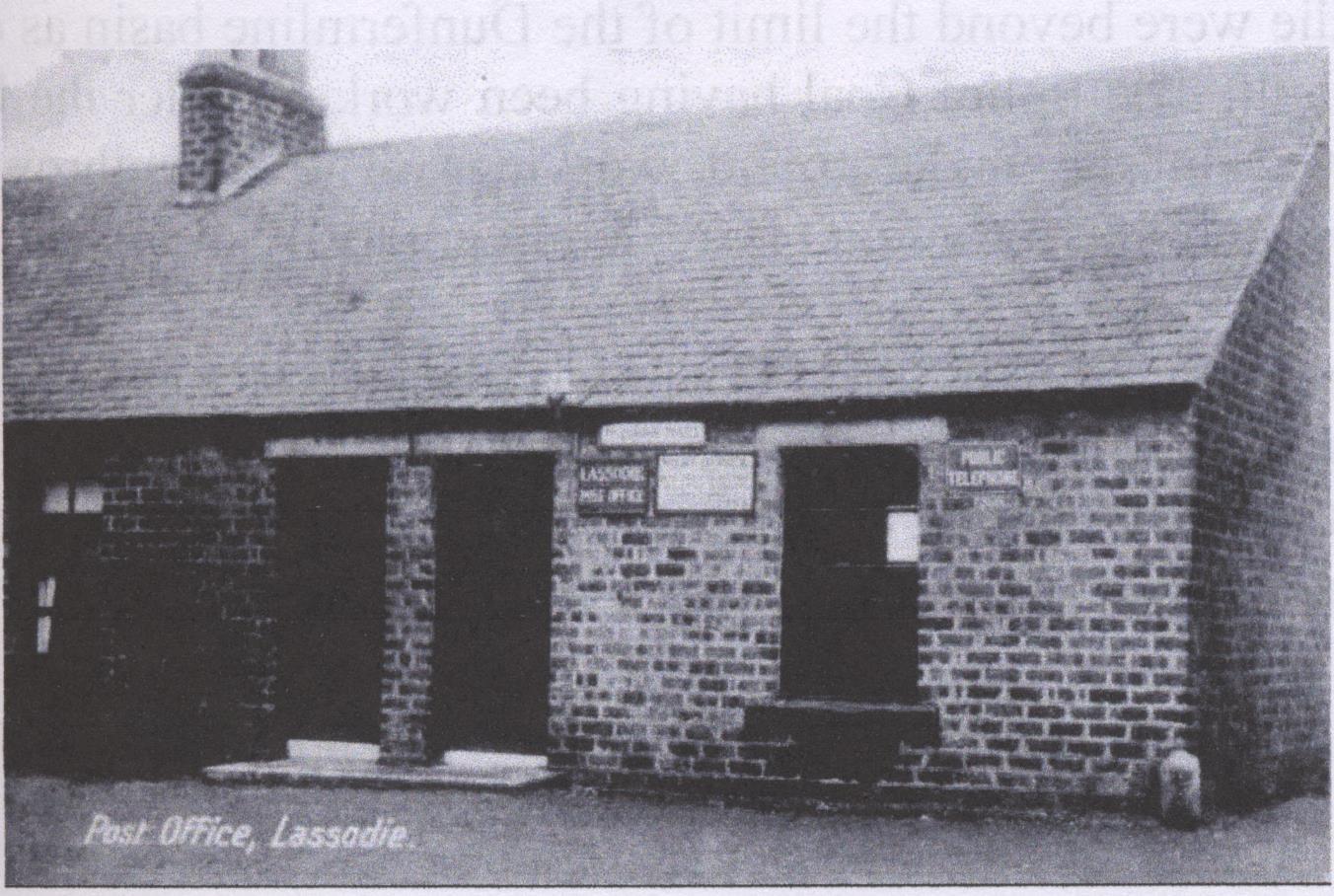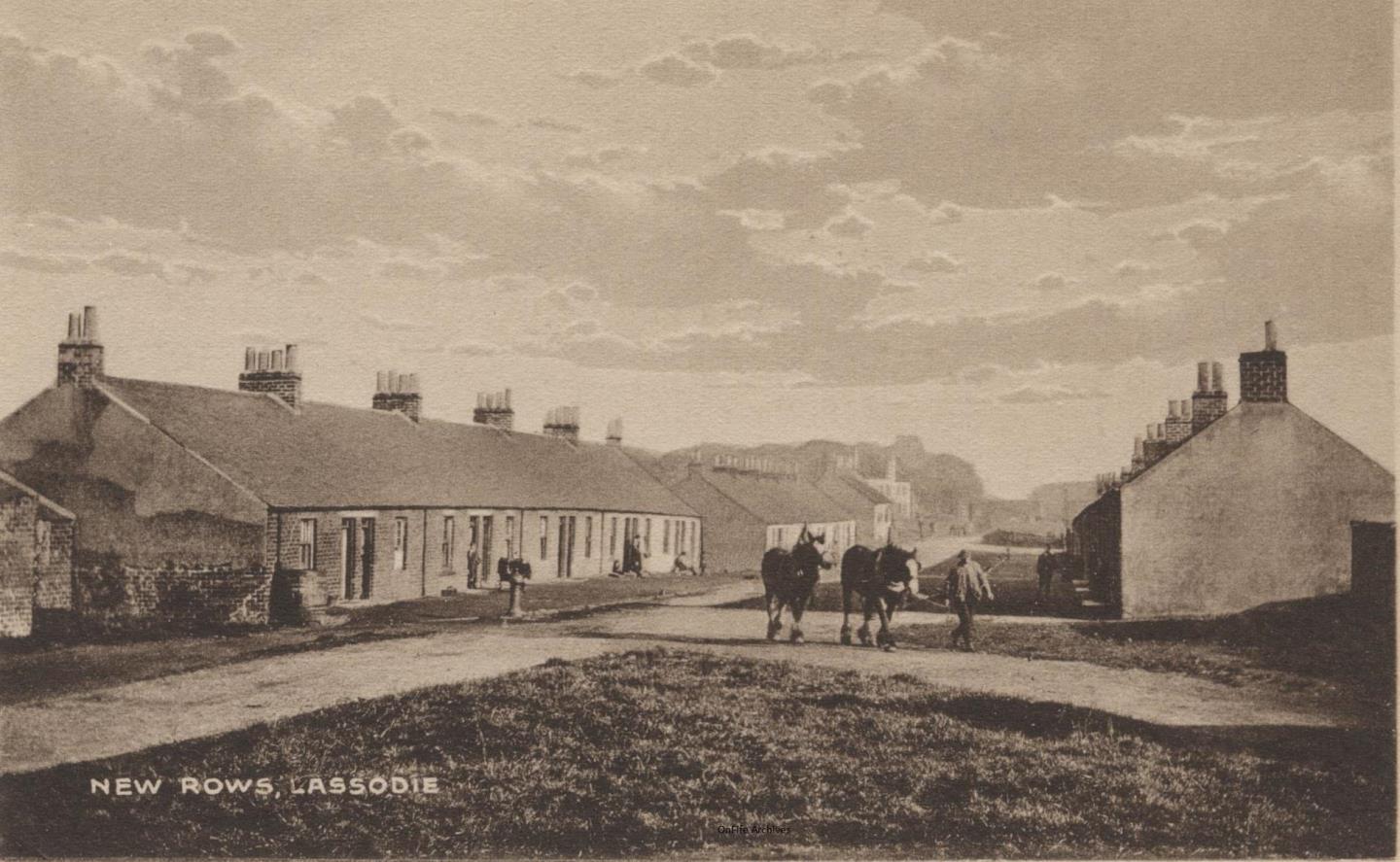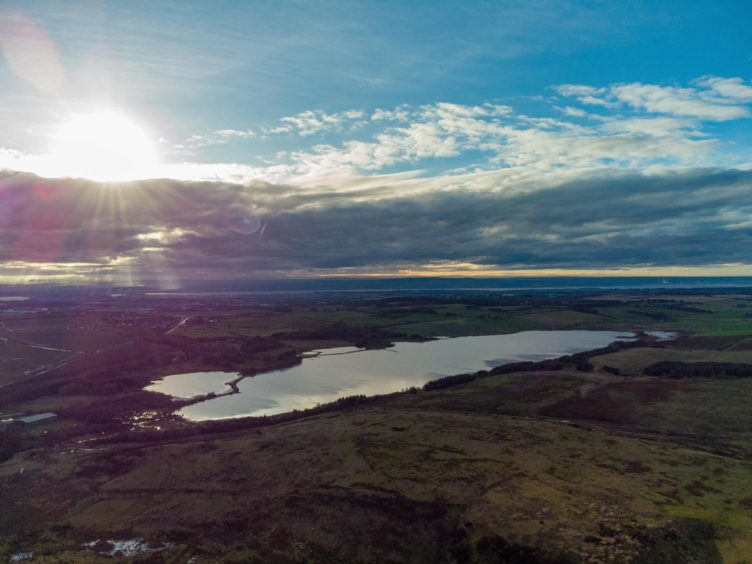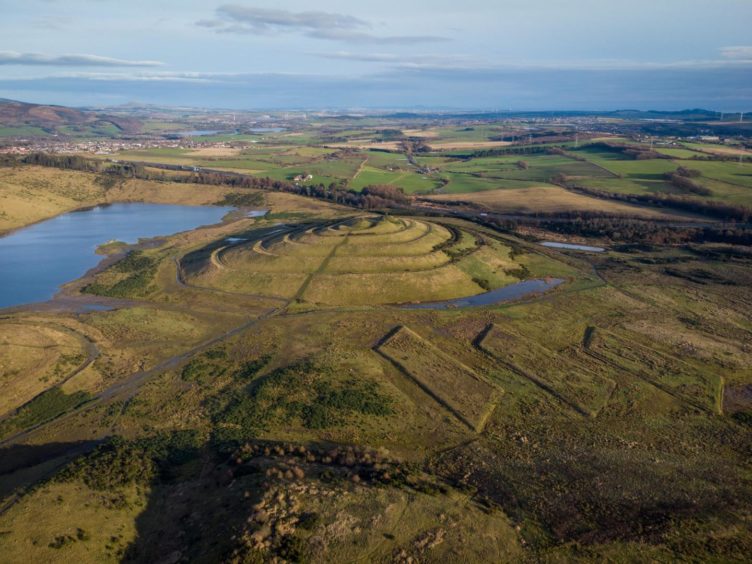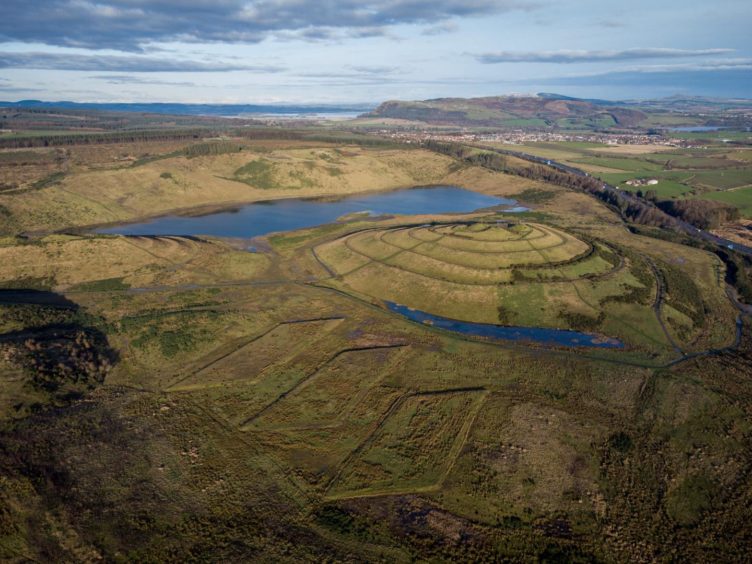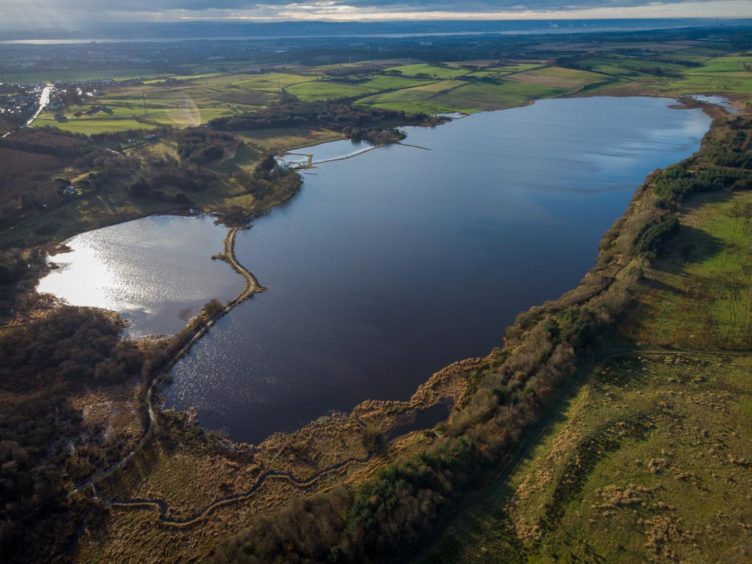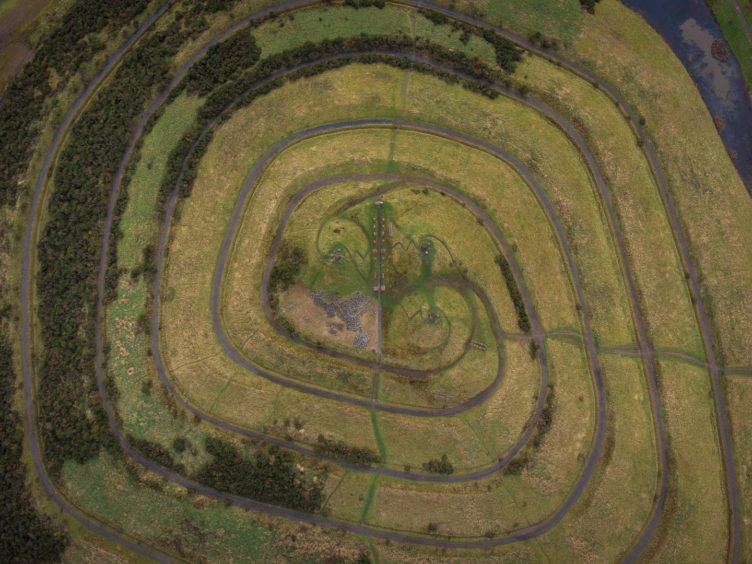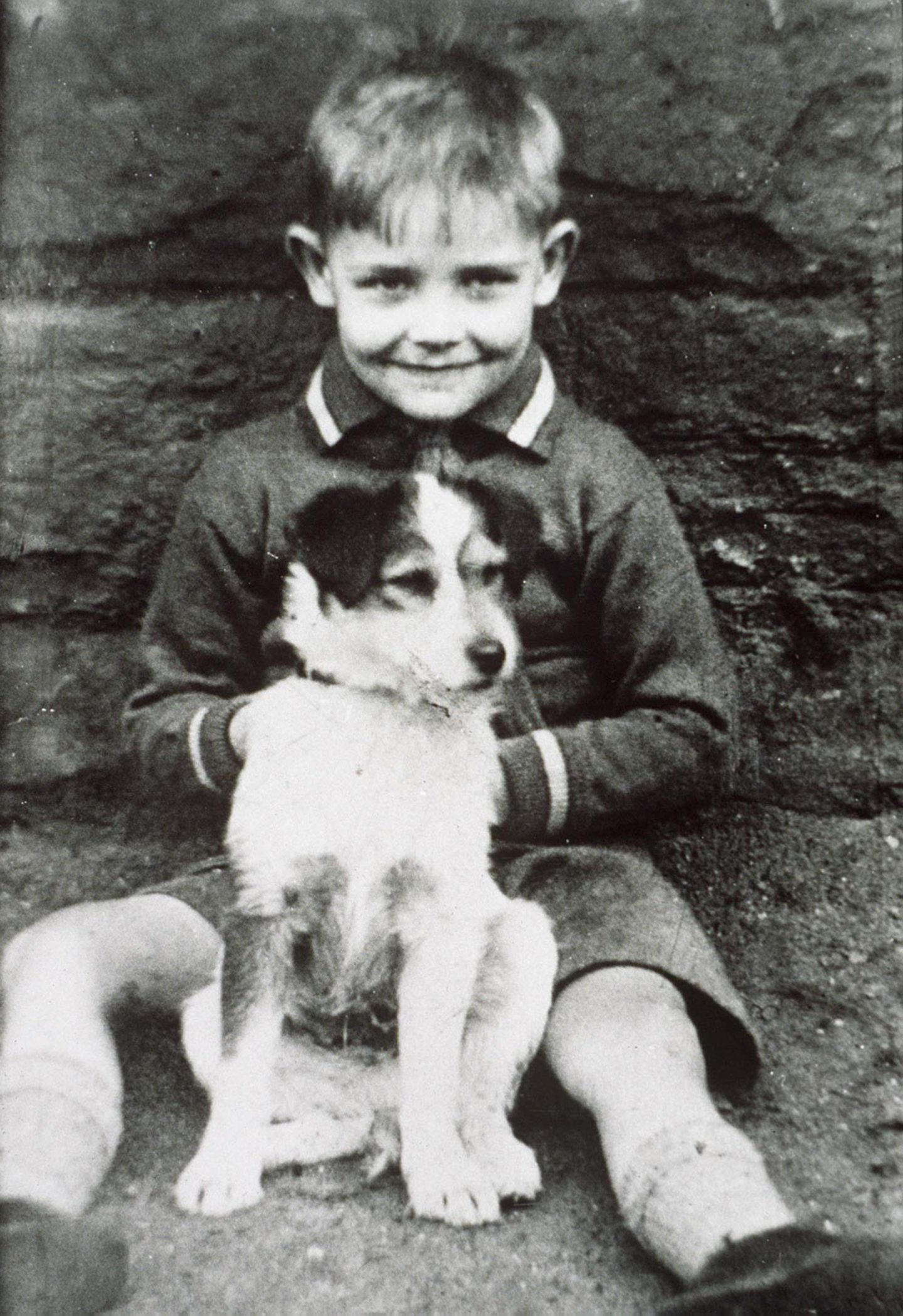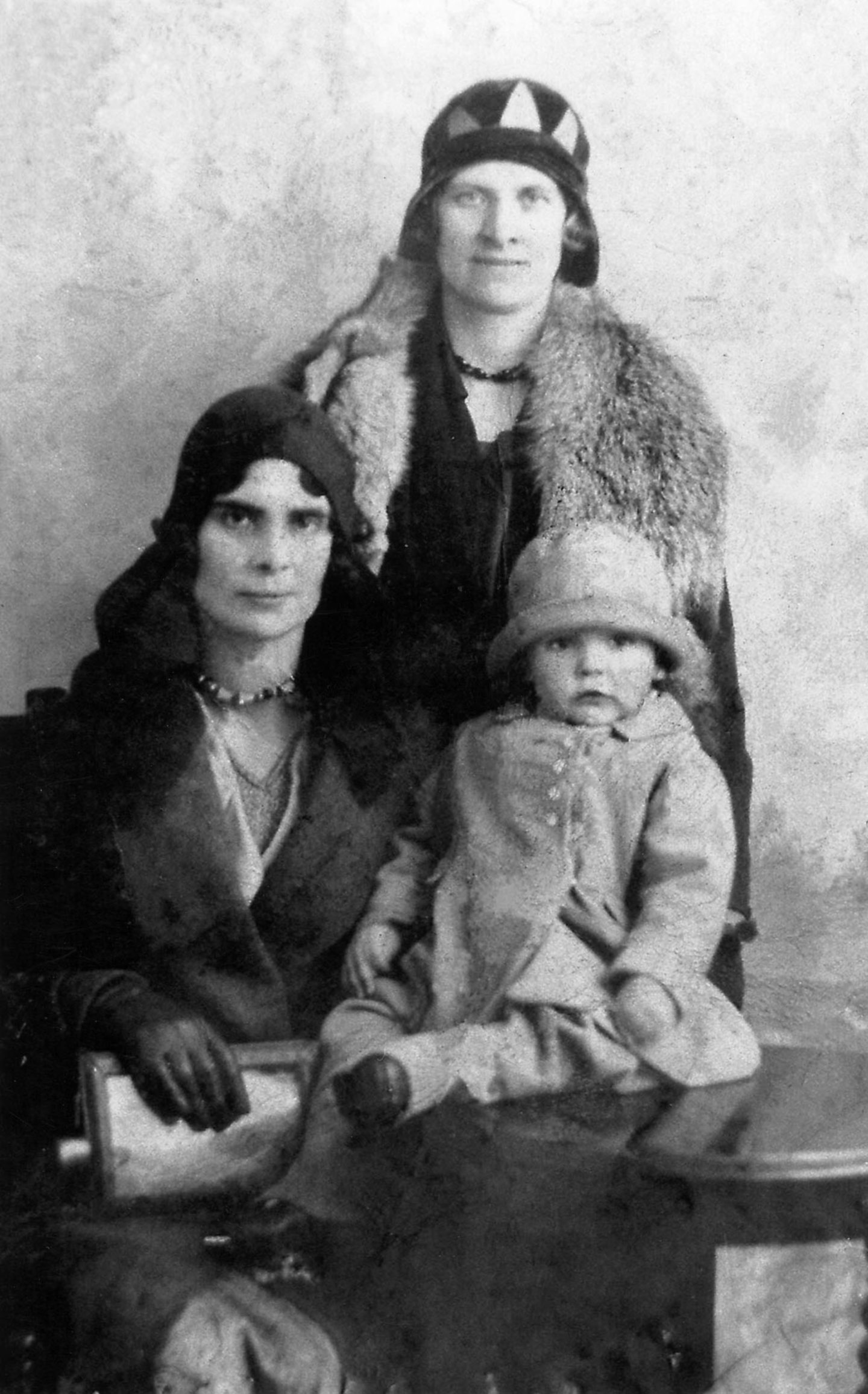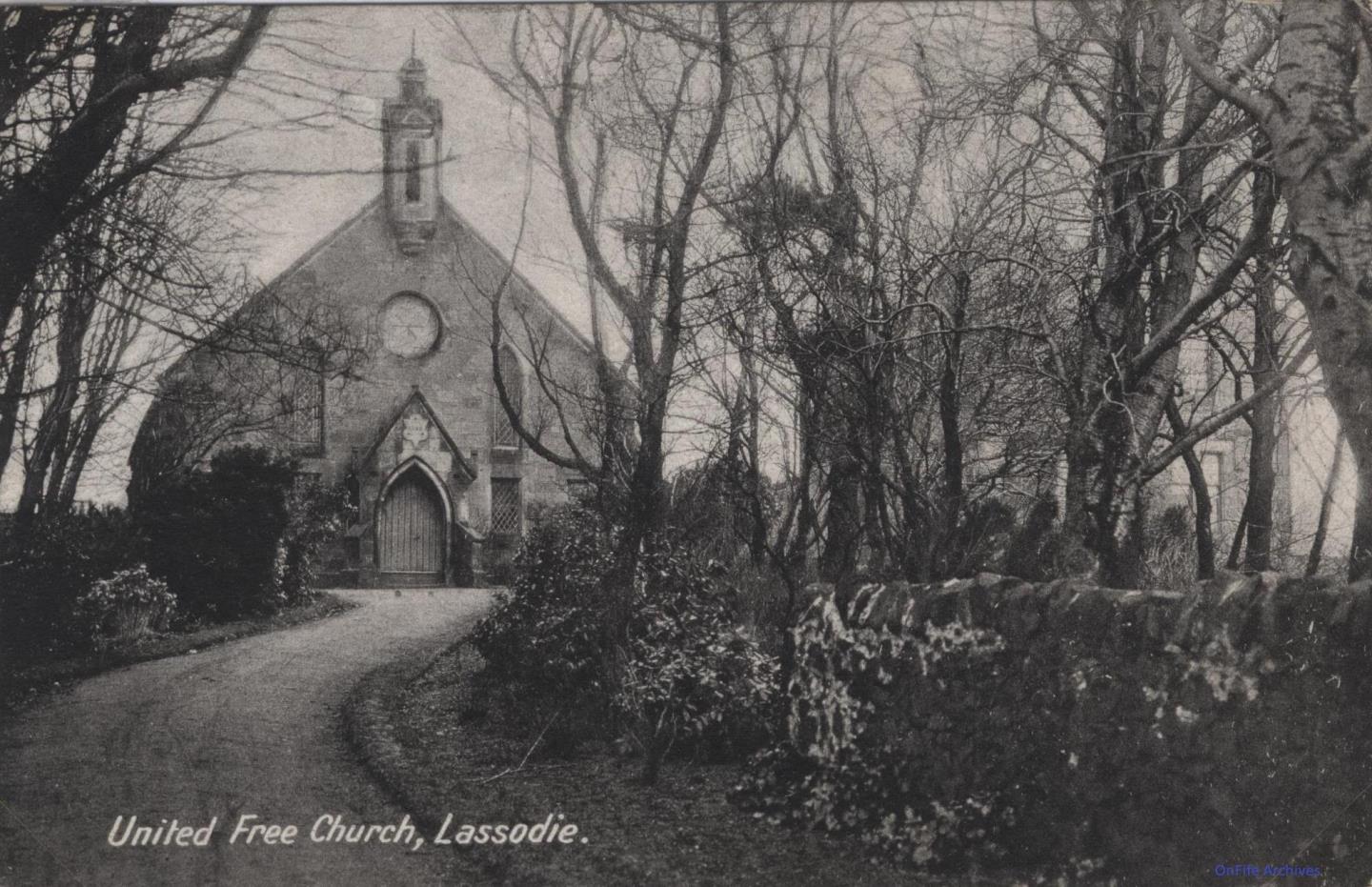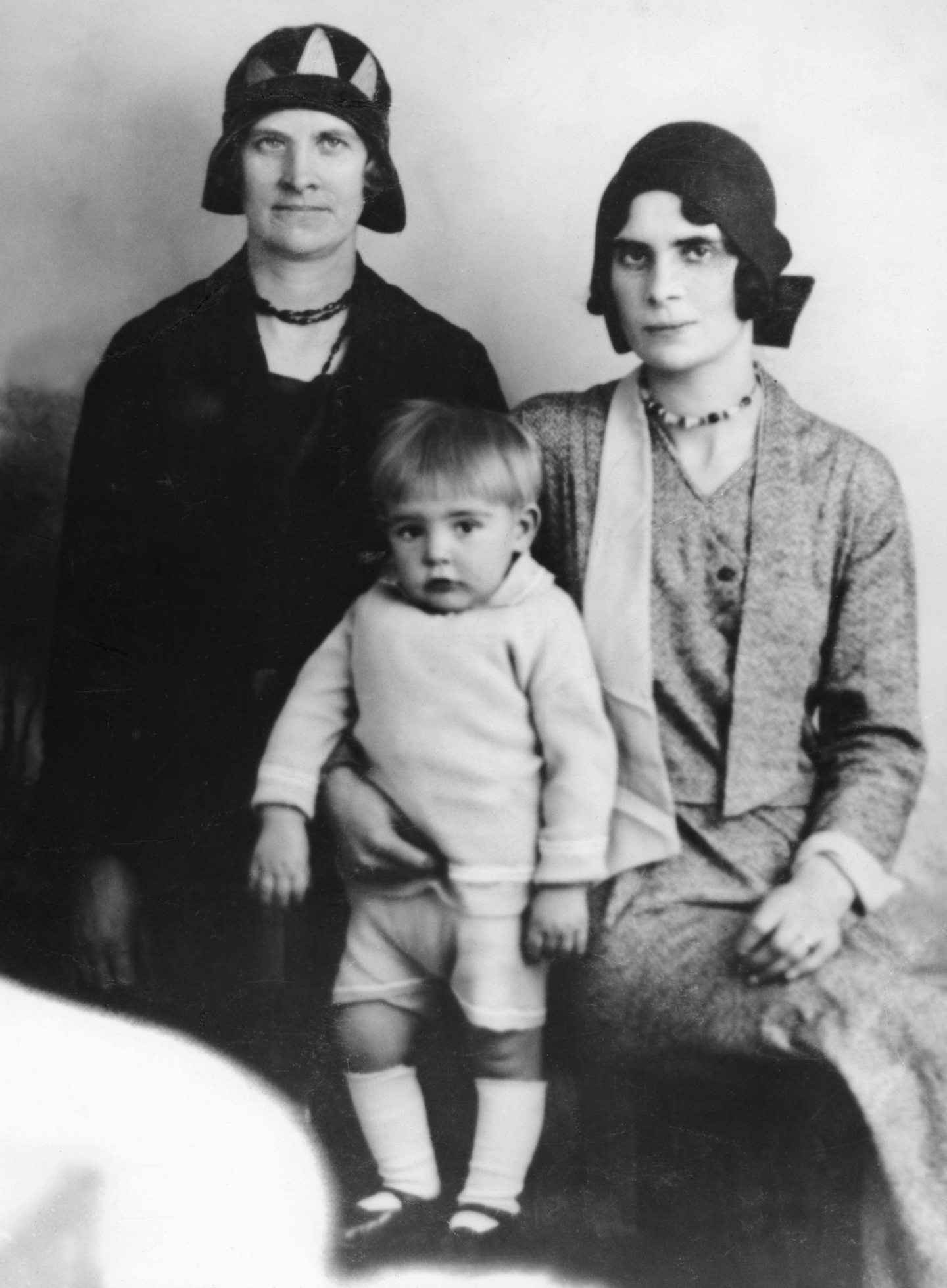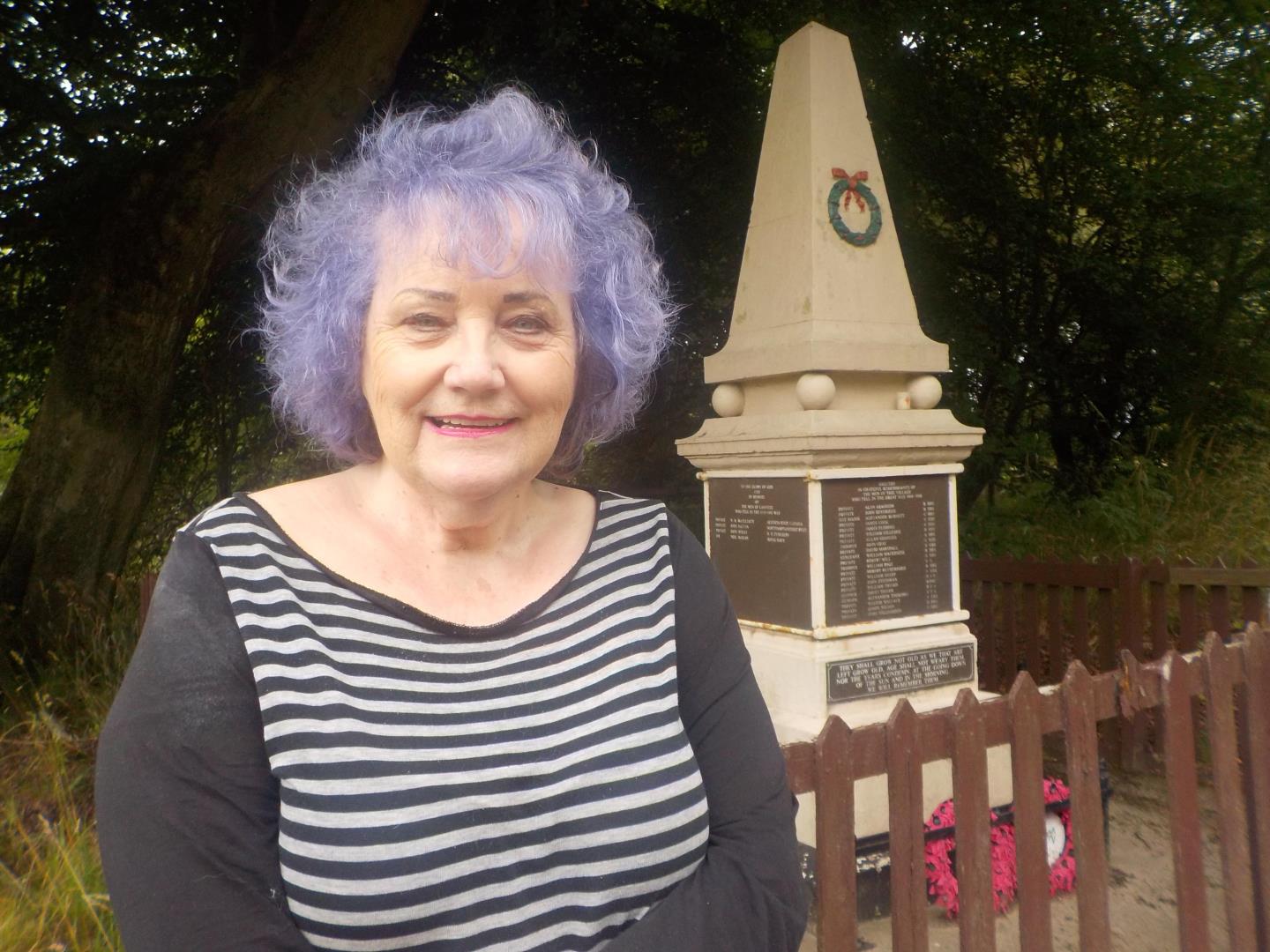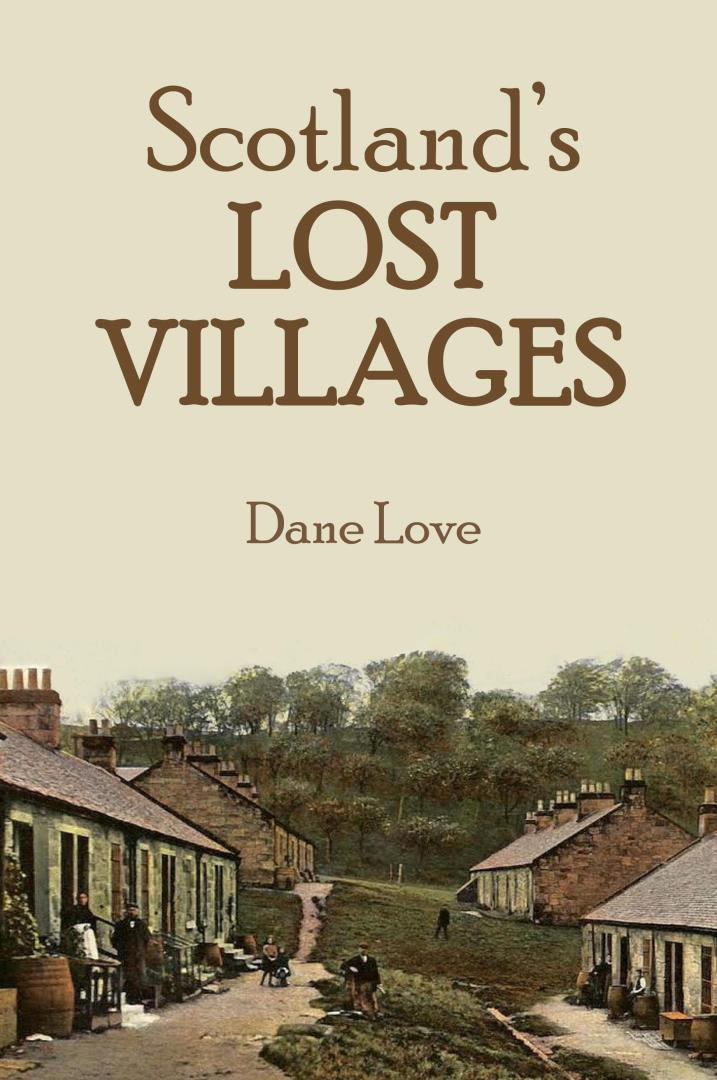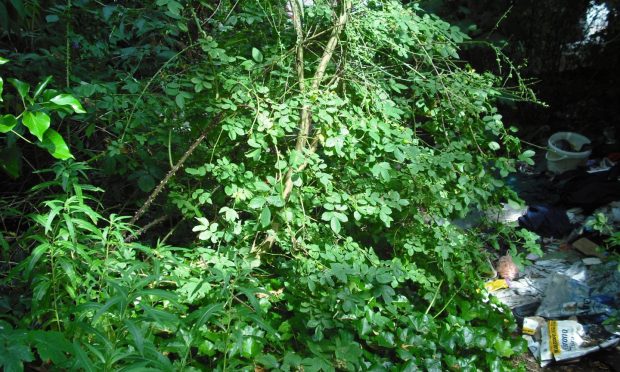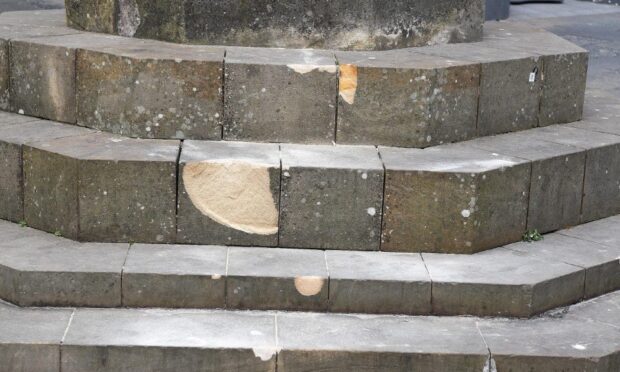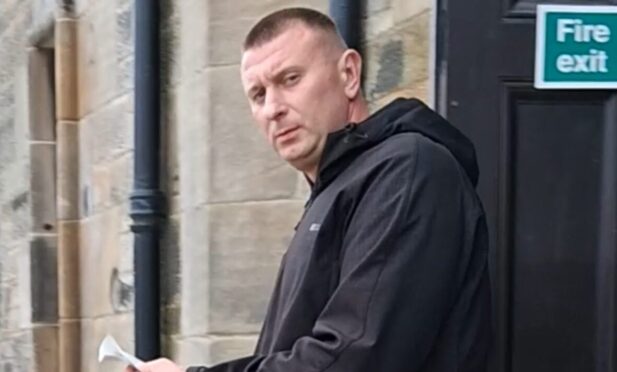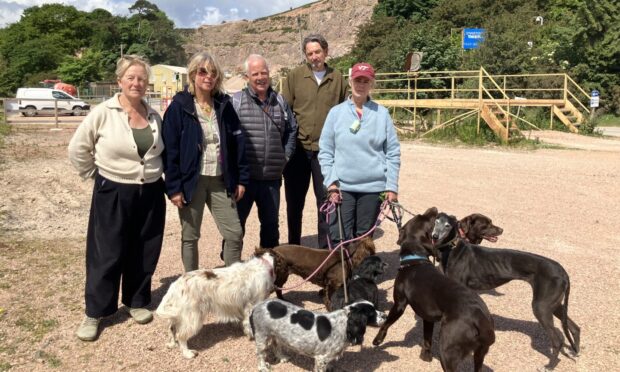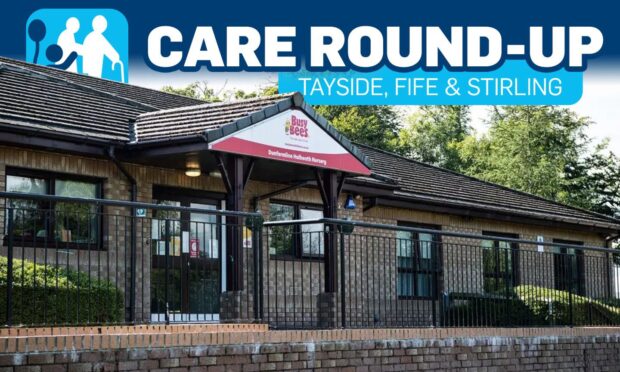There was once a village in Fife called Lassodie that housed almost 1,500 people.
In 1901 it was a busy mining community of 11 pits, 200 houses, 450 workers, a 250-pupil school, railway station, post office, church, all-conquering football team and several community groups.
In 1881, the village of Lassodie was bustling. At the time it had around 808 residents.
By 1891, the population had increased to 853.
In 1901, the population had surged to around 1425.
By the time 1931 came around the population had dwindled to less than a thousand…
… and by the 1940s there was almost nobody left.
“Back then it was bigger than Kelty,” says Norman Woolley, who lives close to where Lassodie was located.
“It had a ladies football team, a brass band, a pipe band, three or four different men’s football teams, schoolboy teams, a village pub… It was a thriving village.”
Fast forward to 2021. Where Lassodie stood is now a site of open countryside with only a handful of buildings left on the main road linking Kingseat and Kelty.
This is the story of Lassodie, a village that came and went in the relative flash of 80 years.
Three villages into one
Lassodie was situated a mile south-west of what is now M90 junction 4, to the north of Loch Fitty.
It was actually an amalgamation of three villages, the others being the new hamlets of Fairfield and New Rows, which was called Parley on some maps.
In the space of 40 years from the introduction of coal mining in the mid 19th century its population grew to 1,425.
Its decline and ultimate destruction was due to the closure of the mines in 1931.
Timeline
Lectures and concert
Lassodie had a thriving community that included many clubs and societies.
A Burns Club existed, as well as a brass band, the upkeep of which was paid for by a penny a week taken from the miners’ wages.
Quoits was played on a rink, and racing pigeons were kept in numerous lofts.
A horticultural society promoted the growing of flowers and vegetables while also running a local show.
Health services were supplied but the locals and Lassodie was fortunate in having an ambulance class, which won many competitions.
Many residents enjoyed the care of Margaret Reid, a nurse in the village who was acted as a midwife, district nurse and dentist on occasion.
The local Women’s Rural Institute encouraged baking and sewing.
Lassodie Literary Association held lectures and concerts in the schoolroom in the late nineteenth century.
The Ancient Order of Foresters also existed in the village.
Video from above
Drone footage courtesy of Above Scotland (Instagram: @abovescotland).
Last surviving resident?
Jean Bruce might well be the final person still alive who resided in the very heart of Lassodie.
Now aged 94, Jean and her younger brother William were evacuated there from Wallasey on the Wirral at the onset of the Second World War in 1939.
She was joined by her mother Alice Stewart, whose sister Isabella lived with husband Robert Johnston in a four-bedroom bungalow attached to Lassodie House just off the ‘Crooked Road’ that ran from the villages up to the Kelty Road.
Father Thomas’ job was to help build aeroplanes so he stayed in England to help with the war effort.
Close enough to keep an eye on
Lassodie House was a grand country mansion with a sweeping drive, built on an elevated site at what had been Braehead farm.
It was the property of John Dewar, the Laird of Lassodie. It overlooked the valley towards Loch Fitty, the Hill of Beath and beyond.
The collier village of Lassodie was down in the glen below the house, far away enough for the laird to avoid but close enough for him to keep an eye on.
‘It was a quiet, safe place’
By 1939 the main house was empty but Robert maintained the grounds around the house. Only a few buildings remained in the village itself.
The school in Lassodie was still open and Jean attended along with brother William and cousin Jean Johnston, whose younger brother Robert Johnston was only four years old at this point.
The journey to school was often over the fields from the house to the far end of the village.
“It was a quiet, safe place to be,” says Jean from her home in Dunfermline. “We played all the way to school and had to walk from the Crooked Road and played games until we got to school.
“There was only one teacher at the school but they didn’t have a class for me so I looked after younger children while she taught older ones.
“There were workmen beginning to demolish the school when we were there.”
Jean remembers contractors working on regenerating land. She can’t recall any families still living in the village.
Relocation
Six months after her arrival Jean, who was 14, went to Dunfermline High School.
When her father moved up later on during the war the family relocated to Dunfermline. He worked at Rosyth Dockyard.
Jean forged a career of clerical work in offices and married Andrew Bruce in Dunfermline Abbey in 1950. He passed away in 1998.
She has two children, Malcolm, 66, who lives in Oxfordshire, and Derek, 68, who lives in the West End of Edinburgh.
Norman could be Lassodie’s last
Norman Woolley can lay a claim to being one of the last remaining residents of Lassodie.
Since 1985 Norman, 80, has lived in Loch Fitty Cottage.
It was saved from demolished due to its location on the B912, close to the war memorial.
The cottage was previously used as a village shop and its cellar either stabled horses or housed the equipment for a horse-drawn bus that used to run from the road into Dunfermline.
“During the late 1930s, before the motorised bus came along, people used to leave their prescriptions off at the shop that is now my living room,” Norman says.
“They used to be collected and taken into Dunfermline, dispensed and brought back to the shop and people would collect them.
“I found lots of old medicine bottles and debris you would associate with a pharmacy.
“In the later days when the village was closed down it was used as a local shop. There also used to be a Co-op in the village itself, which was the main shop.”
‘There were still ruins’
When Norman moved to the area in the 1980s there were still signs of its busy past.
“There were still ruins,” he says. “There was the old school house, a couple of farmhouses and there was still a working farm, as well as a few of the other cottages and a signpost to the local tavern.
“These were all ruins but still evidence of what used to be here.
“But now there is not a blade of grass that was there when Lassodie was there.”
This is because of Scottish Coal’s St Ninian’s opencast.
“There were two levels of opencast,” Norman says. “A drift mine done in the 1950s, where they reduced a lot of the buildings and took the coal out. But that was fairly shallow.
“Then in 1998 they started St Ninian’s opencast which went on until 2014. They took the top off the whole of the area. Some of the holes were at depths of 200 metres.
“The reason it was opencast and the coal wasn’t taken out by the deep mine is because some of the seams were so shallow. It wouldn’t be particularly good to try and get the stuff out.
“It was completely stripped bare and nothing is left.”
Stay of execution
Norman has studied lots about the history of Lassodie.
“Originally there were three different villages that combined to one. Now there is not one brick left standing of the many, many buildings that were here.
“Unfortunately it all disappeared when the mine flooded in 1931. They didn’t have the wherewithal to either extract the water while it was coming to the end of the coal stocks.
“The whole area closed down and the inhabitants were given a couple of weeks notice to leave but the local MP and dignitaries secured a 10-year stay of execution.
“By 1943 the village had virtually died because of the lack of employment. They had moved to Kingseat, Cowdenbeath and Kelty where there were many more mines to work.
“Consequently the place fell to ruins. The remaining buildings were either demolished or scraped up when opencast ended.”
Aerial photographs
All aerial pictures courtesy of Above Scotland (Instagram: @abovescotland).
Visits from Sean Connery
Lassodie has a connection with one of Scotland’s best known celebrities, Sean Connery.
The James Bond star, who passed away in October 2020 aged 90, was a regular visitor to the village after his grandparents Neil and Helen McLean retired there in the early 1930s.
They lived at a little cottage known as Bentymires, just south-west of the Old Rows.
Sir Sean’s granddad Neil would take his grandson from Lassodie to East End Park to watch Dunfermline Athletic play.
The Edinburgh-born actor later claimed he had held a long affection for The Pars.
Sir Sean, who was then known as Tommy, was son to Joseph Connery and Effie McLean.
Effie’s brother Neil Mathieson was one of four people from Lassodie killed in the Second World War.
Neil served with the Royal Navy and died on February 25 1944 on HMS Inglefield. His is one of the names inscribed in the Lassodie War Memorial.
The father of Edinburgh man James Ross, 53, spent time with Sir Sean at Lassodie during his childhood.
Born in 1925, Peter Ross grew up at the church manse with parents William and Jean King Ross, whose sister was Sir Sean’s mother Effie McLean.
“Sean Connery came up from Edinburgh during the war,” says James. “My dad knew him as Tom.
“My dad had a pet rabbit and says that Sean killed him when he was not there. I don’t know how true that story was!”
In 1940 William and Jean King Ross moved to Burntisland.
Peter went on to work for the Forestry Commission and was living in Dunfermline when he died in 2010. His wife Hilda passed away on 2016.
All-conquering football team
Lassodie Juniors FC were founded in 1885 on a field at Lochend or Lochview Park.
They were said to be virtually unbeaten on their home ground at Greenbank Park. This may have been because they were the only ones who could suffer the poor conditions on the park, which reputedly didn’t have much grass on it.
In 1887 they reached the semi-final of the Fife Cup against Dunfermline. The game was so boisterous that the players and team officials ended up fighting on the pitch and the referee abandoned the tie.
The senior team existed until 1894, playing in a black strip. Lassodie FC was merged with Kingseat FC in 1894 to create Loch Rangers.
The club folded in 1912.
Pulls on the heartstrings’
Thinking about Lassodie “pulls on the heartstrings” for Susan Fleming.
Susan, 74, who lives in Dunfermline, was a researcher for the 2012 film The Happy Lands, which portrays a coal-mining community in Fife during the long strike of 1926.
Susan’s father John was born in the Fairfield area of Lassodie in 1924. From 1938, after leaving the village, he went on to become a miner at Aitken Colliery and Lindsay Colliery in Kelty until 1963.
She says: “Thinking about Lassodie pulls on the heartstrings because you realise the hardships of the work that they did, to come home to a life of minimal comfort.
“The men worked hard and had big families, maybe up to eight children. All the houses were in rows, all close together.
“In some cases nine people lived in a cottage sharing two rooms – a living room and bedroom. They had a garden for vegetables and hens to lay fresh eggs.
“My mum and her sister couldn’t even go to school some days because they had to share the same pair of shoes so had to take it in turns.”
Eight-mile-round dancing trip
There was still some fun to be had though.
Susan’s great uncle was a sword dancer in the Highland Regiment and her grandmother and sisters were also Highland dancers.
John, one of two sons, was a talented singer who performed at Kelty Servicemen’s Club in his adult years. He died at the age of 58.
“Lassodie was a rural community and in those days there were not many bus routes or cars,” Susan says.
“My grandmother was born in Lassodie as well and met her husband in Townhill, a village four miles away.
“They would walk all that way to go dancing at Townhill Institute and walk back again.”
Star Wars in Fife
Lassodie is of great interest to Kelty resident Caroline Luciano and her children.
In May 2020 her eldest son Caolan Maguire, 13, helped write an article about the lost village in a project for St Joseph’s RC Primary School.
A year later her other son, Rian Maguire, 9, was involved in a film at the former St Ninian’s Opencast mine, where Lassodie once stood, for a Kelty Community Cinema competition.
The video has a Star Wars theme to complement the futuristic feel of the unfinished Fife Earth Project, which was developed from 2010.
‘Fabulous views’
The public art project on the 269-hectare site of the former St Ninian’s mine was funded by Scottish Resources Group (parent company of Scottish Coal) and created by artist Charles Jencks.
The plan was to utilise spoil from the opencast to create four great mounds: rectangular, conical, triangular, and horn-shaped.
These would have represented the continents Scottish ex-pats they have influenced.
But the project was not completed due to complications arising from Scottish Coal’s liquidation.
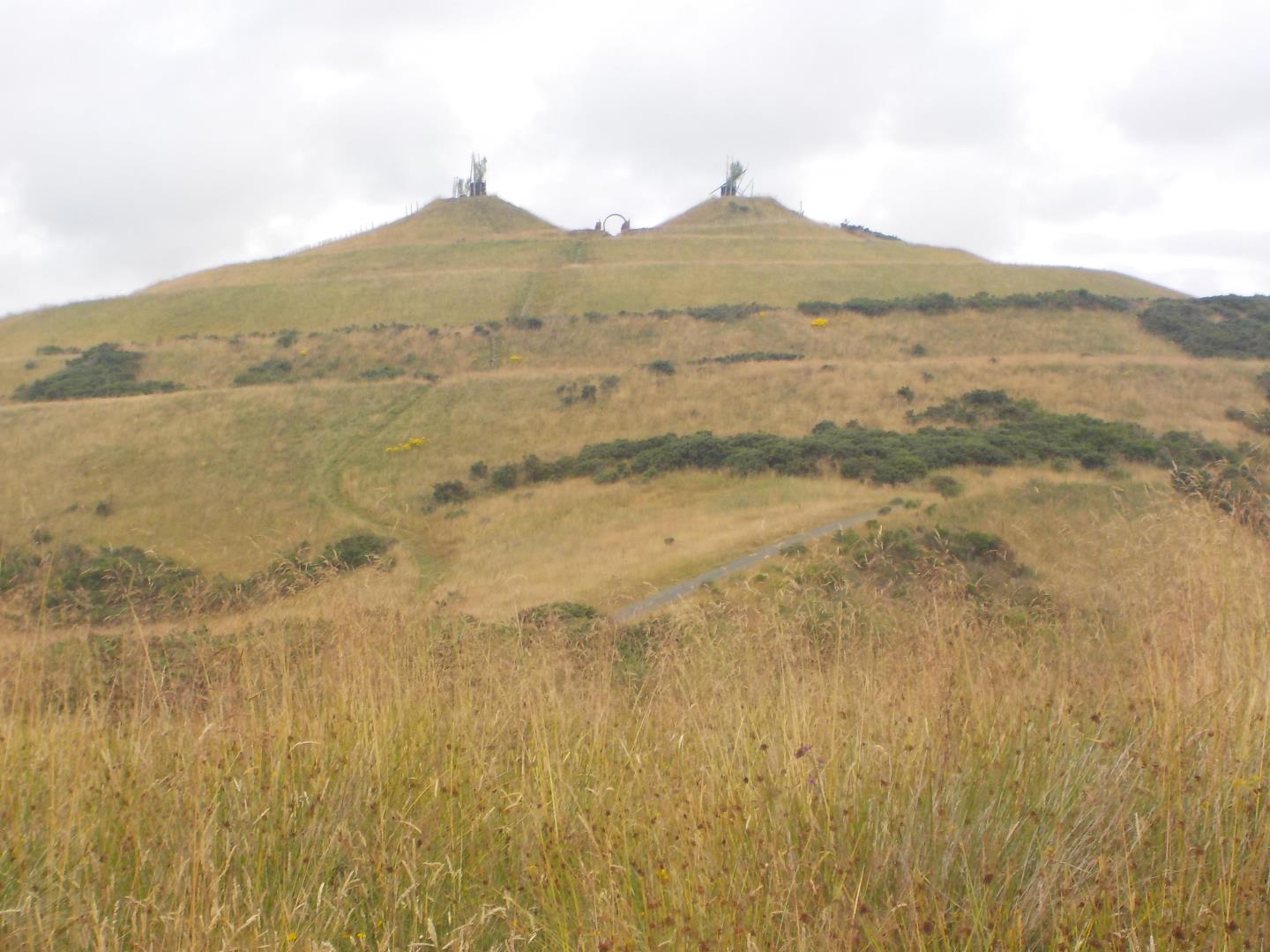
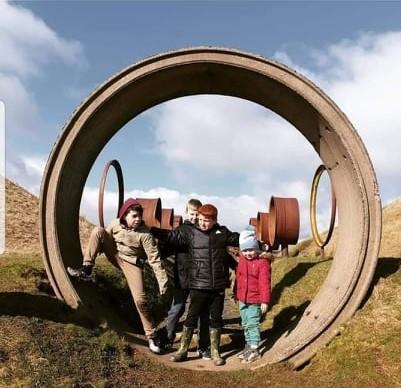
There are currently numerous mounds in the form of spirals and other shapes that can be seen from the M90.
“The Fife Earth Project is a great place to visit,” says Caroline, who is originally from Ireland and moved to Kelty in 2013.
“There aren’t a lot of people there these days but you get fabulous views from there.”
For more information on Lassodie, and other lost villages in Scotland, purchase Scotland’s Lost Villages by author Dane Love.
The book is available at Carn Publishing plus Amazon, Waterstones, etc.
